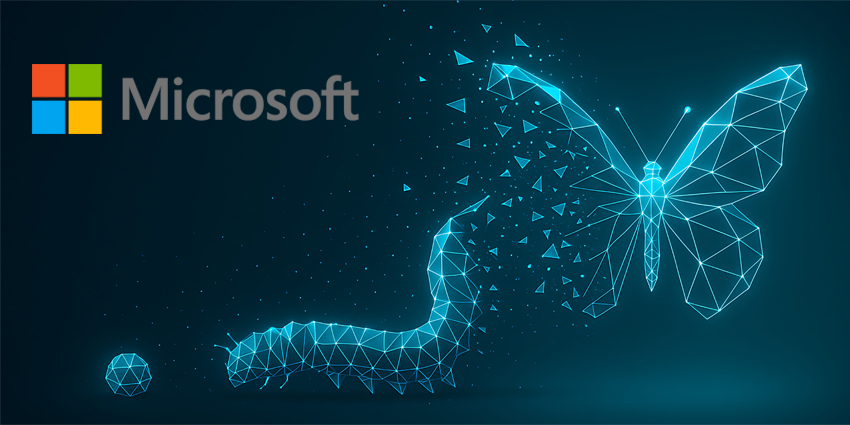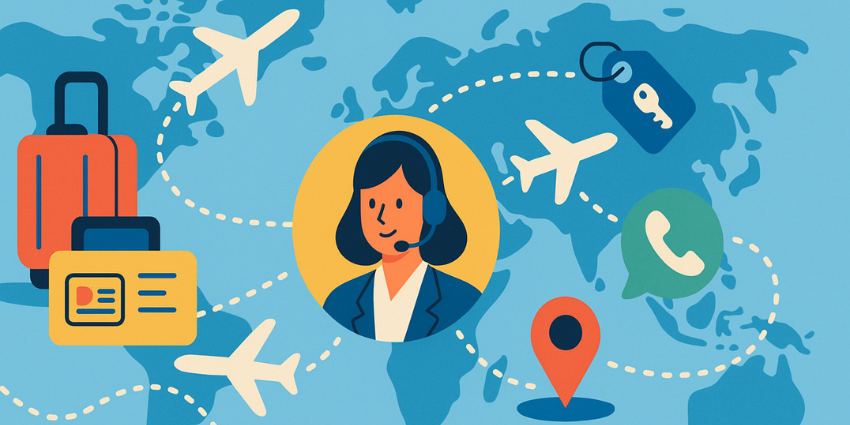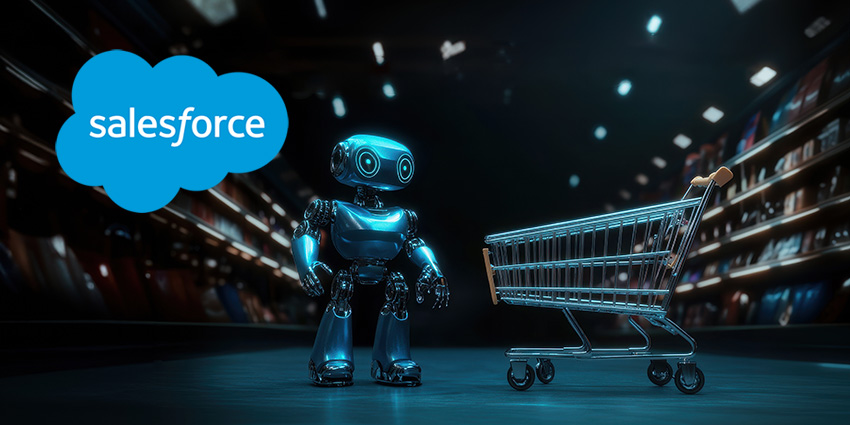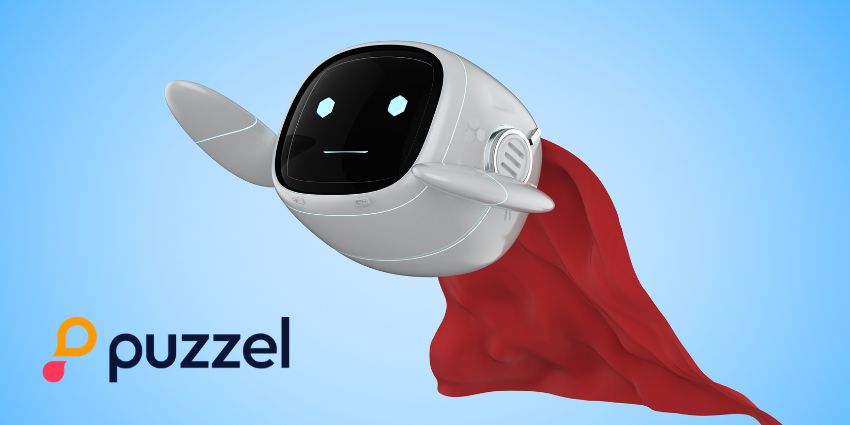When a major vendor releases its latest earnings report, many skip straight to the figures, but there can be a goldmine of insights hidden within the discussion around the stats.
Take Microsoft’s Q1 2026 earnings call, for example, beneath the numbers, the tech giant revealed how its AI strategy is trying to redefine customer experience.
From conversational retail journeys to intelligent collaboration, Microsoft Chairman and CEO Satya Nadella’s comments painted a picture of AI as the new connective layer between work, service, and engagement.
Below are the four key takeaways from Microsoft’s customer experience AI strategy.
Microsoft AI Customer Experience: 4 Key Insights
1. Copilot Becomes the Interface for Work
Perhaps the most striking comment from Nadella came early in the call, when he stated:
“Copilot is becoming the UI for the agentic AI experience. We have integrated chat and agentic workflows into everyday tools like Outlook, Word, Excel, PowerPoint, and Teams.”
That line says a lot about Microsoft’s direction. It is clear that the vendor no longer views Copilot as just a helper; instead, it’s becoming the way people use Microsoft 365.
Nadella revealed that “tens of millions of users” are already engaging with Copilot chat, with usage “growing 50% quarter over quarter.”
For CX and contact center teams, that matters.
If AI chat is becoming the default interface for everyday work, customer-facing workflows are bound to follow.
It will be interesting to see whether this approach ripples into service platforms, knowledge bases, and ticketing systems over the next year.
2. Guardrails Arrive for Enterprise AI
As AI systems gain popularity and take on more autonomy, governance is becoming crucial.
To help its customers keep up with rising compliance demands, earlier this month, Microsoft launched its new Agent Framework, designed to simplify the orchestration of multi-agent systems
During the call, Nadella addressed the significance of this solution:
“Our new Microsoft Agent Framework helps developers orchestrate multi-agent systems with compliance, observability, and deep integration out of the box.”
And this isn’t just theoretical; the Microsoft man claimed that professional services firm KPMG has already used it “to modernize the audit process, connecting agents to internal data with enterprise-grade governance and observability.”
For customer service operations – where trust, data handling, and accountability are paramount – such frameworks are essential.
It’s one thing to deploy a chatbot; it’s another to ensure every AI decision is explainable, auditable, and secure.
3. Teams Gets Its Own AI Sidekick
Collaboration was also a key aspect of Nadella’s address, with the Microsoft man introducing a new “Teams Mode” for Copilot.
He explained how the solution allows users to “invite colleagues into a Copilot conversation.
“Our collaborative agents, like facilitator and project manager, prep meeting agendas, take notes, capture decisions, and kick off group tasks.”
In practice, that means Teams meetings could soon run themselves – or at least the admin side of them.
While this may sound like more of a UC announcement, for CX leaders, it implies the possibility of AI-facilitated teamwork that could make service handovers, escalations, and follow-ups smoother.
4. Security and Efficiency: The Other Side of AI
Much of the discussion focused on capability, but Nadella also underscored AI’s growing impact on efficiency.
In security, for example, he discussed the importance of Microsoft’s phishing triage agent in Defender. The AI‑powered virtual agent automatically triages user‑reported phishing emails, deciding whether a submission is a legitimate phishing attempt or a false alarm
During the call, Nadella claimed that “studies show that analysts can be up to 6.5x more efficient in detecting malicious emails” when using the tool.
At a time when more and more organizations appear to be succumbing to hacks and scams, giving users an extra layer of protection and peace of mind could be a real differentiator.
Indeed, you only have to look back at the recent Google-Salesforce customer data breach, which resulted in the FBI stepping in to warn customers about phishing attacks, to see how big an issue this has become in the customer service and experience space.
Away from security, Amy Hood, Microsoft’s Chief Financial Officer, highlighted continuing strength in the company’s customer and business applications portfolio:
“Dynamics 365 revenue increased 16% in constant currency with continued growth across all workloads.”
It’s a reminder that while Copilot grabs the headlines, Microsoft’s broader CX stack is still growing steadily behind it.
Financial Snapshot
Microsoft’s results underscored the momentum behind its AI ambitions:
- Revenue: $77.7 billion, up 17% year over year
- Operating Income: up 22%
- Earnings Per Share: $4.13, a 21% increase
- Microsoft Cloud Revenue: $49.1 billion, up 25%
The Takeaway
For CX leaders, Microsoft’s latest earnings call provided a glimpse at how the vendor is utilizing AI to reshape both the employee experience and the customer interface.
Microsoft’s message was clear: conversational agents, orchestration frameworks, and intelligent automation are no longer experiments; they’re fast becoming the operational layer for how modern service and engagement will be delivered.







